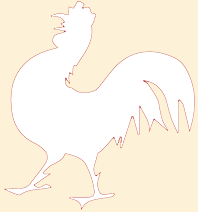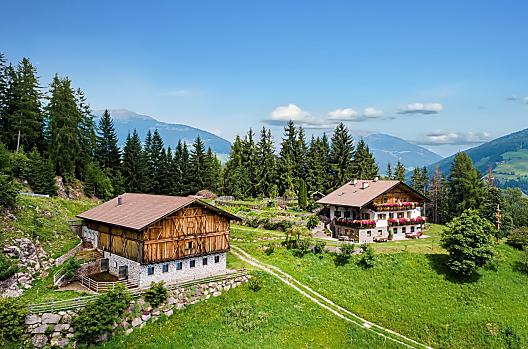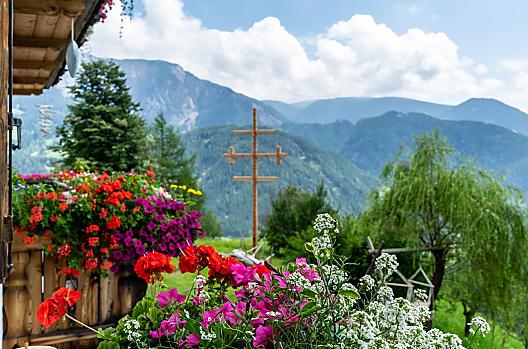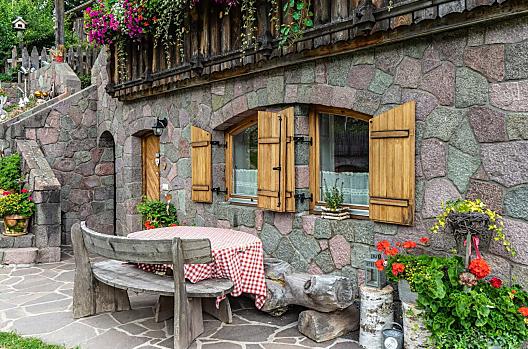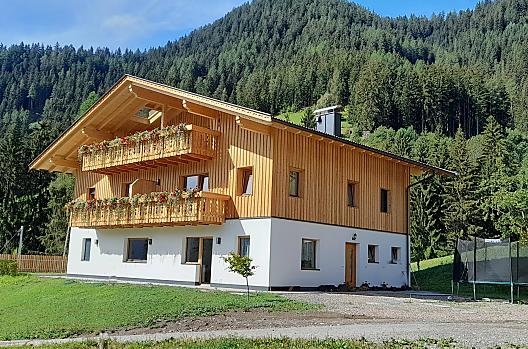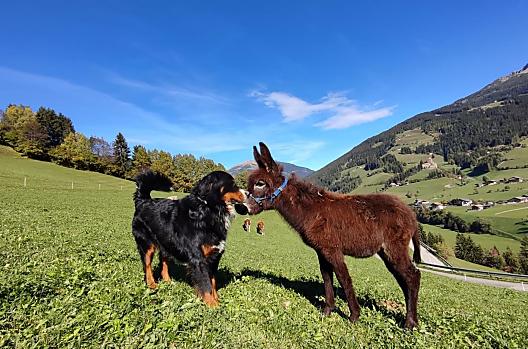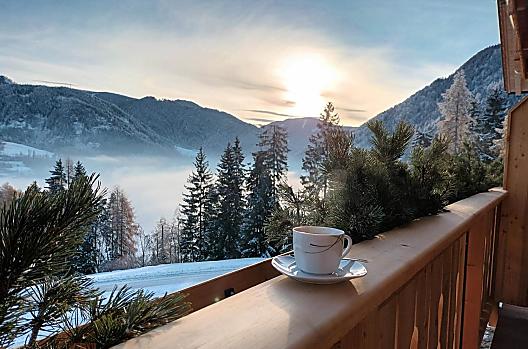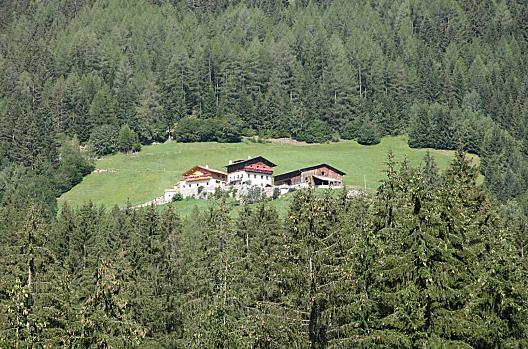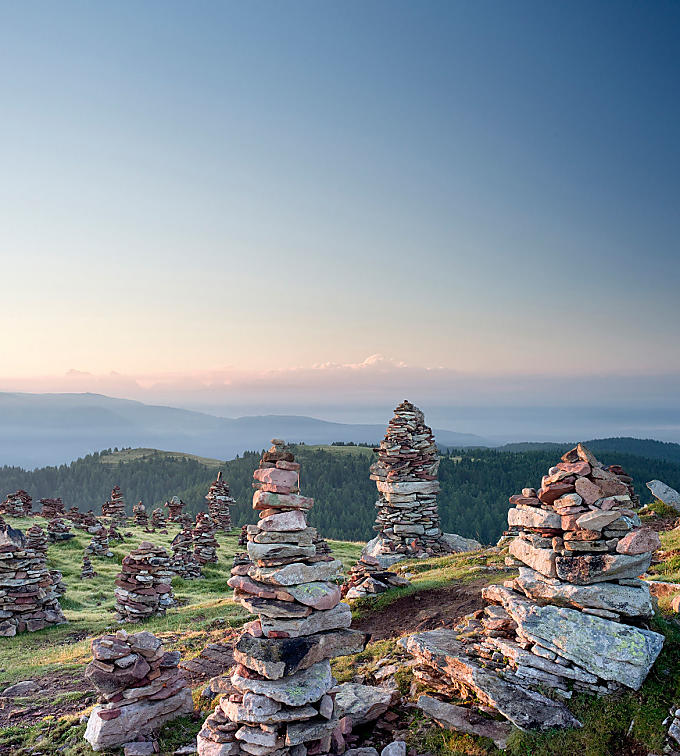
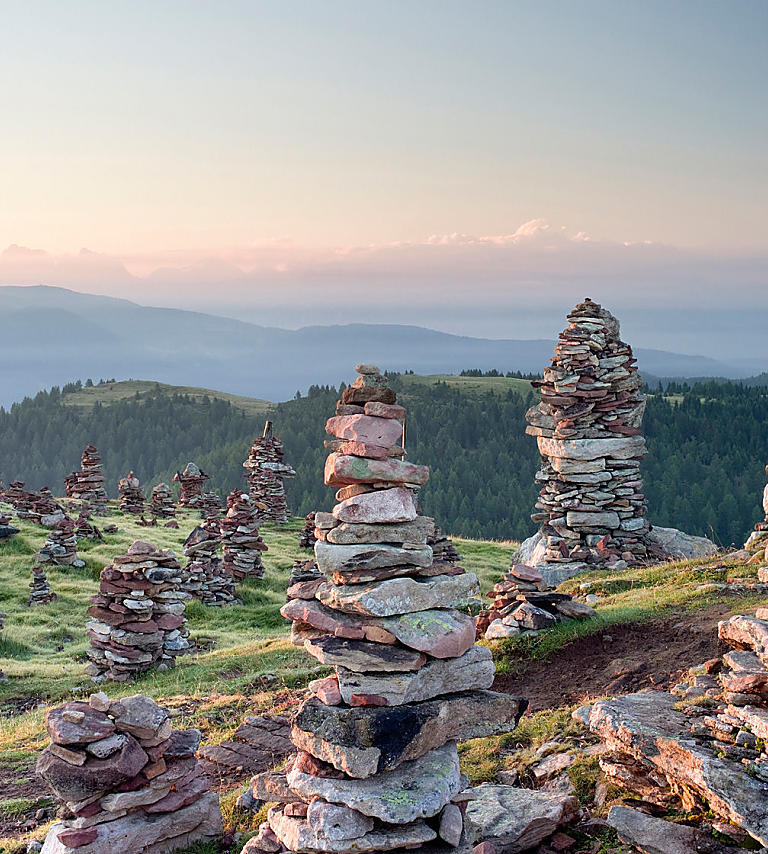
Day trip destination
Stoanerne Mandln: Mystical viewpoint
Like an army of stone soldiers, the legendary "Stoanerne Mandln" stand on the summit of the Hohe Reisch in the Sarntal Alps. A power spot you won’t easily forget.
Anyone who has ever tried counting these piles of sandstone slabs or “stone men” will probably have got to over a hundred. Their origins and creators are a mystery and remain hotly debated to this day. Numerous similar stone formations to the Stoanerne Mandln can be found all over South Tyrol and are actually nothing out of the ordinary. They mostly used to serve as orientation guides and to mark pathways, and they were often built by hikers or shepherds. So what makes the Stoanerne Mandln in the Sarntal Alps so special? Rock engravings and flint tools suggest that the 2,000-metre- high mountain top on the border between the Sarntal valley and Mölten was a ritual site as early as the Stone Age. This is not the only reason why the place exudes such mystique, it is also entwined in numerous myths.
Ritual site or witches’ hang out?
It is human nature that the scariest and most unusual stories are most deeply ingrained in the collective memory. It is the same with the Stoanerne Mandln, who settled on the hill in the Sarntal Alps many moons ago. Everywhere in South Tyrol, but especially in the nearby Sarntal valley and in the area around the Tschögglberg, the locals have been telling each other legends and stories for centuries, in which the mountain top of the Hohe Reisch becomes the scene of witches' dances, devils’ orgies, thunderstorms and cannibalism. Probably the most well-known is the sad story of "Pachler Zottl", a young woman from the hamlet of Windlahn in Sarntal valley, who was accused of witchcraft by the people from the valley and was burned alive at the stake in 1540. Before that, however, she confessed under torture that she regularly met other witches at the Stoanerne Mandln.
Far more plausible, however, is the assumption that the stone towers are remnants of a pre-Christian, probably Celtic place of worship. The assumption that these could be ancient lightning rods, with which the Alpine pastures in the area were to be protected from strong thunderstorms, also sounds plausible.

Among the stone men
There are several beautiful routes that lead to the Hohe Reisch with its stony companions. Starting from Sarntal valley, we recommend a three-hour circular hike through forests and over Alpine pastures, which begins at the Sarner Ski Hut in Auen and takes you past the eatery at Auener Alm, over the Auener Joch and along an Alpine ridge to the Stoanerne Mandln. If you fancy it, you can visit the Möltner Kaser hut for a refreshment on the way back. The long-distance hiking trail E5 will lead you back to the Auener Joch and from there across the Auener Alm down into the valley. A somewhat more demanding tour to the prehistoric ritual site starts on the opposite side of the Hohe Reisch, namely in Mölten on the Tschögglberg. The hike begins in the village and leads from there to the Kircheben car park and then along trail no.15 through wide Alpine meadows to the Sattler Hütte and the Möltner Kaser, both of which serve food. Trail 23a takes you to the Stoanerne Mandln. The trail back leads you over the Jenesier Jöchl, past the Kampidell church and the Lanzenschuster inn to Schermoos. No matter what route you end up taking, you’re guaranteed a gorgeous view of the South Tyrolean mountains.
Stoanerne Mandln
Further information
https://www.sarntal.com/en/info-service/plan-your-vacation/getting-to-the-sarntal-valley.html
The Stone Men are one of the most beatiful viewspace of the Sarntaler Alps.


